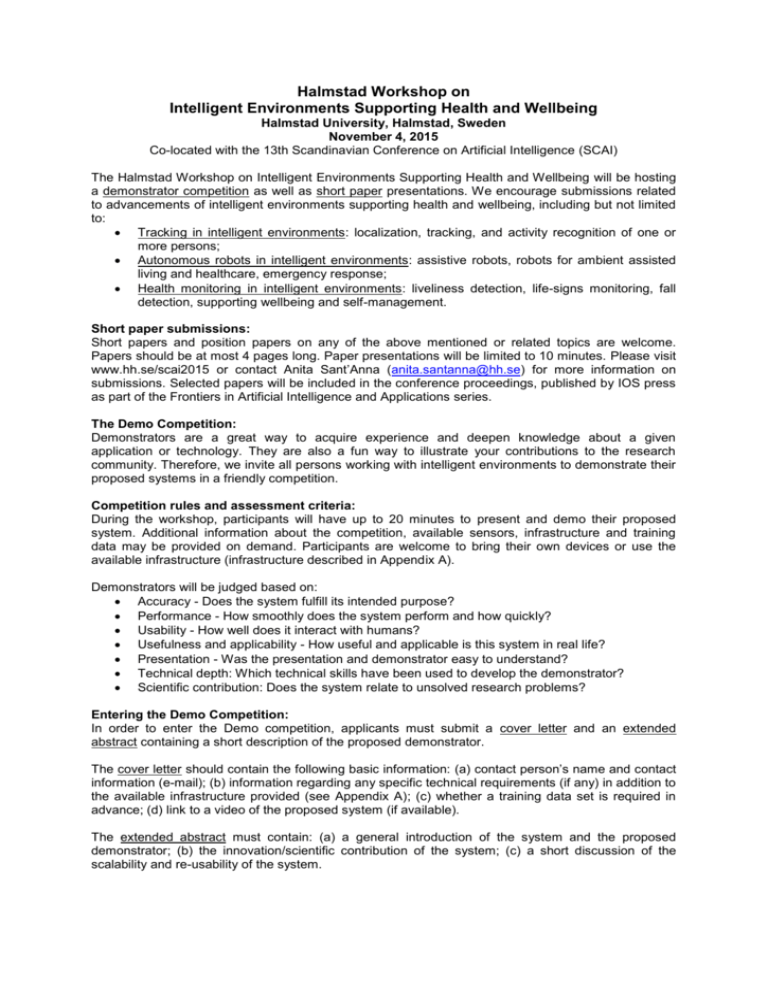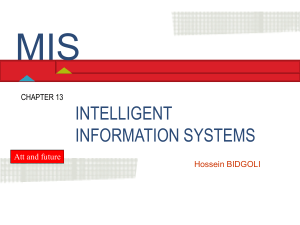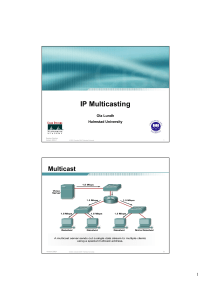Appendix A
advertisement

Halmstad Workshop on Intelligent Environments Supporting Health and Wellbeing Halmstad University, Halmstad, Sweden November 4, 2015 Co-located with the 13th Scandinavian Conference on Artificial Intelligence (SCAI) The Halmstad Workshop on Intelligent Environments Supporting Health and Wellbeing will be hosting a demonstrator competition as well as short paper presentations. We encourage submissions related to advancements of intelligent environments supporting health and wellbeing, including but not limited to: Tracking in intelligent environments: localization, tracking, and activity recognition of one or more persons; Autonomous robots in intelligent environments: assistive robots, robots for ambient assisted living and healthcare, emergency response; Health monitoring in intelligent environments: liveliness detection, life-signs monitoring, fall detection, supporting wellbeing and self-management. Short paper submissions: Short papers and position papers on any of the above mentioned or related topics are welcome. Papers should be at most 4 pages long. Paper presentations will be limited to 10 minutes. Please visit www.hh.se/scai2015 or contact Anita Sant’Anna (anita.santanna@hh.se) for more information on submissions. Selected papers will be included in the conference proceedings, published by IOS press as part of the Frontiers in Artificial Intelligence and Applications series. The Demo Competition: Demonstrators are a great way to acquire experience and deepen knowledge about a given application or technology. They are also a fun way to illustrate your contributions to the research community. Therefore, we invite all persons working with intelligent environments to demonstrate their proposed systems in a friendly competition. Competition rules and assessment criteria: During the workshop, participants will have up to 20 minutes to present and demo their proposed system. Additional information about the competition, available sensors, infrastructure and training data may be provided on demand. Participants are welcome to bring their own devices or use the available infrastructure (infrastructure described in Appendix A). Demonstrators will be judged based on: Accuracy - Does the system fulfill its intended purpose? Performance - How smoothly does the system perform and how quickly? Usability - How well does it interact with humans? Usefulness and applicability - How useful and applicable is this system in real life? Presentation - Was the presentation and demonstrator easy to understand? Technical depth: Which technical skills have been used to develop the demonstrator? Scientific contribution: Does the system relate to unsolved research problems? Entering the Demo Competition: In order to enter the Demo competition, applicants must submit a cover letter and an extended abstract containing a short description of the proposed demonstrator. The cover letter should contain the following basic information: (a) contact person’s name and contact information (e-mail); (b) information regarding any specific technical requirements (if any) in addition to the available infrastructure provided (see Appendix A); (c) whether a training data set is required in advance; (d) link to a video of the proposed system (if available). The extended abstract must contain: (a) a general introduction of the system and the proposed demonstrator; (b) the innovation/scientific contribution of the system; (c) a short discussion of the scalability and re-usability of the system. Submissions (cover letter and extended) abstract should be sent to anita.santanna@hh.se with the subject “SCAI workshop”. Important dates: Submission deadline (competition and short papers): Aug 15 Acceptance notification: August 30 Release of additional data requested for demonstrators: Sep 18 Appendix A – Available Infrastructure Environment Layout and sensors The intelligent environment at Halmstad University consists of one bedroom apartment with independent kitchen, bathroom and one large living room. In every room, passive infrared sensors are employed to detect occupancy and motion in the room. Each door and window in the apartment, as well cabinet doors and drawers are equipped with contact magnetic switches to detect openings and closings. Pressure sensors, such as pressure pads, are used to detect chair and bed occupancy. The bed in bedroom is also equipped with load cells to measure weight. A wireless camera installed in the living room allows to overview the main areas in the apartment, except bedroom and bathroom. Wireless relays are used to switch lights and devices on and off. Data formats and available middleware A database-centric architecture was employed to develop the intelligent environment at Halmstad University. In the architecture, a database management system functions as a platform that supports both functional (e.g. reactive behavior, data processing) and non-functional (e.g. interoperation, security) requirements of the intelligent environment. Participants willing to use the infrastructure in the intelligent environment at Halmstad University will have access to a database API used to encapsulate the components in the system. A universally unique identifier (UUID) is assigned to each device in the system and used to identify the communication channel between the database and the device. Client applications can also have an UUID and be notified by the database about the occurrence of a particular event of interest. In order to successfully accomplish that, proposed systems shall be able to communicate with a PostgreSQL database, for example by using PostgreSQL JDBC Driver, Npgsql and Psycopg2, among others. Moreover, client applications shall be able to listen to notifications from PostgreSQL (http://www.postgresql.org/docs/devel/static/sql-listen.html): Additional information about the database and its APIs will be made available shortly. Robot resources Two Turtlebot robots will be available for demonstrations. The Turtlebots, 354 x 354 x 420 mm, combine a Roomba-like moving base with a Microsoft Kinect sensor and notebook computer running Ubuntu and the Hydro version of Robot Operating System (ROS Hydro). This configuration allows Turtlebots to quickly be set up to perform common tasks for a home robot such as path-finding and collision-avoidance, as well as speech recognition and generation. If needed, workshop attendees will have the chance to run their own ROS Hydro-compliant code, on a remote desktop we provide, to control the robots.









